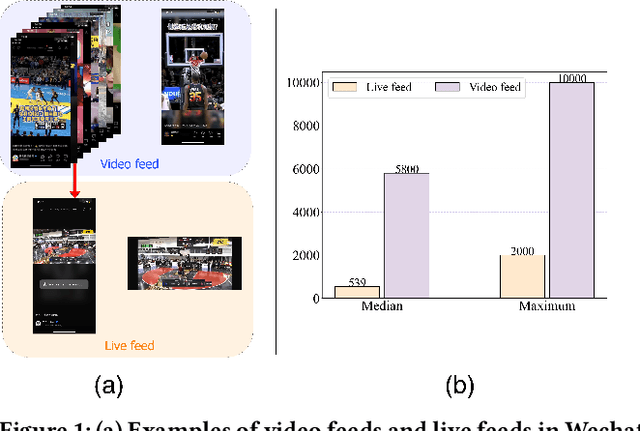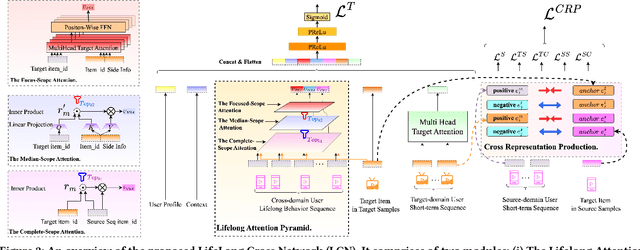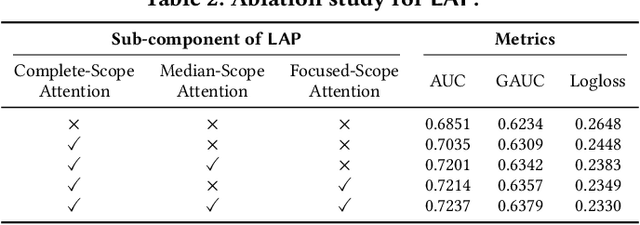Yu Ming
Few-Shot Learning for Annotation-Efficient Nucleus Instance Segmentation
Feb 28, 2024Abstract:Nucleus instance segmentation from histopathology images suffers from the extremely laborious and expert-dependent annotation of nucleus instances. As a promising solution to this task, annotation-efficient deep learning paradigms have recently attracted much research interest, such as weakly-/semi-supervised learning, generative adversarial learning, etc. In this paper, we propose to formulate annotation-efficient nucleus instance segmentation from the perspective of few-shot learning (FSL). Our work was motivated by that, with the prosperity of computational pathology, an increasing number of fully-annotated datasets are publicly accessible, and we hope to leverage these external datasets to assist nucleus instance segmentation on the target dataset which only has very limited annotation. To achieve this goal, we adopt the meta-learning based FSL paradigm, which however has to be tailored in two substantial aspects before adapting to our task. First, since the novel classes may be inconsistent with those of the external dataset, we extend the basic definition of few-shot instance segmentation (FSIS) to generalized few-shot instance segmentation (GFSIS). Second, to cope with the intrinsic challenges of nucleus segmentation, including touching between adjacent cells, cellular heterogeneity, etc., we further introduce a structural guidance mechanism into the GFSIS network, finally leading to a unified Structurally-Guided Generalized Few-Shot Instance Segmentation (SGFSIS) framework. Extensive experiments on a couple of publicly accessible datasets demonstrate that, SGFSIS can outperform other annotation-efficient learning baselines, including semi-supervised learning, simple transfer learning, etc., with comparable performance to fully supervised learning with less than 5% annotations.
Cross Domain LifeLong Sequential Modeling for Online Click-Through Rate Prediction
Dec 11, 2023



Abstract:Deep neural networks (DNNs) that incorporated lifelong sequential modeling (LSM) have brought great success to recommendation systems in various social media platforms. While continuous improvements have been made in domain-specific LSM, limited work has been done in cross-domain LSM, which considers modeling of lifelong sequences of both target domain and source domain. In this paper, we propose Lifelong Cross Network (LCN) to incorporate cross-domain LSM to improve the click-through rate (CTR) prediction in the target domain. The proposed LCN contains a LifeLong Attention Pyramid (LAP) module that comprises of three levels of cascaded attentions to effectively extract interest representations with respect to the candidate item from lifelong sequences. We also propose Cross Representation Production (CRP) module to enforce additional supervision on the learning and alignment of cross-domain representations so that they can be better reused on learning of the CTR prediction in the target domain. We conducted extensive experiments on WeChat Channels industrial dataset as well as on benchmark dataset. Results have revealed that the proposed LCN outperforms existing work in terms of both prediction accuracy and online performance.
 Add to Chrome
Add to Chrome Add to Firefox
Add to Firefox Add to Edge
Add to Edge